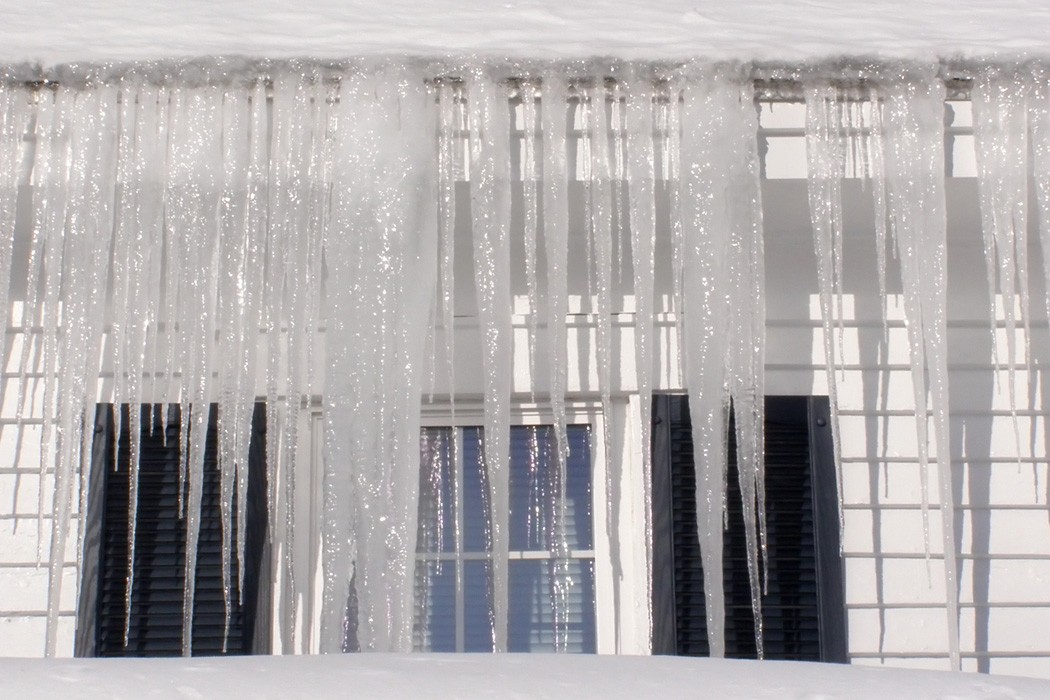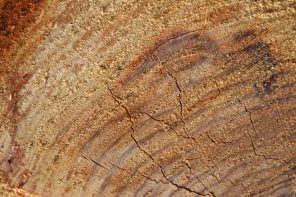The years have a way of making technology lose its bluster. And so do the centuries. When our southern Michigan farmhouse was built, the latest in online hardware was a Morse Code key. With that, you could’ve sent a t-mail (telegram) to the White House. It was then occupied by President Abraham Lincoln.
We’ve lived in our two-story brick home for two decades and have spent more money to renovate it than we did to buy it. Our technology upgrades have been more developing world progressive than developed world impressive. We’ve added heat registers, electrical outlets, an upstairs toilet, clothes closets, and (my favorite) windows that actually open. The upstairs had none of these bare bones amenities when we moved in.
Even now, in some rooms and corners, it still feels like 1864. There’s a certain wilderness within that will not be tamed, no matter how we try to refurbish the house into submission. It’s a primal force, an indwelling native spirit that refuses to yield. You feel it whenever the hawkish wind keens around the eaves and rattles the 12-pane windows. You see it personified in the tree-trunk floor posts, their bark still on, that stand like petrified sentinels in the cobblestone Michigan basement.
When I was younger, stronger, and dumber I figured to have it all modernized in three, maybe four years, tops. Now I know it’s a battle I’ll never win—and perhaps am not meant to. As long as I’m here I’ve decided to leave some nether regions of the house forever wild. Which is to say cold, dark, dirt-floored, unpainted, and congenial to over-wintering rodents. From December to late March, that means the outdoors will often be as close as the next room. Even without a calendar, here’s how one knows that winter has arrived:
You can see your breath in the back living room. Officially—ah, the irony—it wasn’t called a living room, but a summer kitchen. Meals were cooked there during hot weather, so that the main kitchen’s woodstove wouldn’t overheat the house. Our summer kitchen was built above a dirt-floored crawl space. I went down in there once to insulate and got briefly stuck between the hand-hewn timber beams and the bare earth. It struck me then as the kind of dark, loathsome cavity where a serial killer would hide dismembered body parts. We’ve since made it a comfortable living room and added a cheery, wood-burning fireplace. When it’s ablaze, we can raise the temperature to near 70. During the week, when there’s no fire, temps hover in the upper 20s. The bright side? It’s yet to snow and there’s virtually no wind chill.
Your propane gas bill is higher than the mortgage payment. Put another way, on a monthly basis the house costs more to heat than to live in. And don’t try to sell us on geothermal heat pumps, solar panels, windmills, corn burners, wood pellet burners, methane gas digesters, or outdoor wood-fired boilers like my brother has. For each of these there are tradeoffs (high installation costs) and complicating factors (spend every fall weekend cutting firewood) that make the costs shake out about equally.
The main problem is that you can’t insulate a house with solid brick sidewalls. The walls are three bricks thick, so once they get cold, they stay cold. You could affix insulation and siding to the outside walls and/or insulation and gypsum board to the interior walls. Except both would be hugely expensive, harmful to the old brick work and aesthetically tacky to boot. Either way, you’ve got to pay through the nose to keep your feet warm in an old brick house. Living in the past ain’t as cheap as it used to be.
The Mouse Drawer has full occupancy. To keep all the rodents out of a 19th century farmhouse, you’d need to encase it in blast-proof concrete walls like those around the U.S. Embassy in Baghdad. Absent that, and because my two indolent cats appear to have struck a non-aggression pact with the Field Mouse Resistance Army, I’ve become the resident mouser.
It’s a typical case of asymmetrical warfare. I come equipped with my human hubris and conventional American weaponry—i.e. traps baited with peanut butter (crunchy works better than creamy). The mice, like armed peasants everywhere, know and own the local terrain. I’m just another invading infidel. Their kind, thousands of generations’ worth, have occupied this porous-walled homeland for 160 years.
Once the cold drives them indoors in the fall, I usually trap six or seven under the kitchen sink. Then after those early victories, a defiant few retreat to the dreaded Mouse Drawer. It’s a narrow rectangle of impregnable high ground just left of the stove, a Khyber Pass where all attempts at homeland defense meet with futility. We do keep some utensils there, but my wife considers them accursed and unclean. Trust me: no measure of disinfection could render them touchable. The icy phrase, “That came from…the Mouse Drawer?” ends all discussion about the topic.
The storeroom doubles as a refrigerator. This one’s more a convenience than a detriment. Don’t have enough room to cool a six-pack of beer or few liters of pop? Got a big kettle of soup that’s still too hot to set in the refrigerator? Or bags of apples, baskets of summer squash, bundles of sweet onions and clumps of dried dill and basil? Then let winter work for you for a change. Transform (probably too grandiose a word) your store room/mud room/garage into a walk-in cooler. Yes, you’ve got to overcome the prudish, bourgeoisie notion that it’s unseemly to store edibles next to a volleyball net or rusty tool box. But what’s the difference between 35 degrees in a refrigerator and 35 degrees in a mudroom? You think the food cares? Besides, we’ve had no problems out there with mice; they’d rather stay in the main house where it’s warm.
The reign and ruin of the icicle kingdom. As earlier mentioned, old houses leak heat the way scurrilous press secretaries leak news tips. And when heat migrates to a cooler surface, it surrenders its latent energy to cause condensation. On a glass of iced tea in June, that process raises those delightful beads of moisture that trickle down to dampen your drink coaster. On a steel roof in January, it melts the snow to form rivulets of distilled water that drip from the eaves and form icicles. Everyone loves the look; elegant cylinders of tapered crystalline that refract the winter sun like fine quartz. Even the melodious drip, drip, drip can be a meditation on a drowsy Sunday afternoon.
Under the right conditions, I’ve seen icicles that are six-feet long and as big around as a girl’s waist. That’s how big we grow them in the L-shaped crook of the house. There they hang, stalactites with homicidal intent, perched on the cliffs of catastrophe. Until, at about 1 a.m. on some foggy night, they crash and boom to earth like calving icebergs in a Norwegian fjord. Startling in the extreme, but not altogether unwelcome. It’s simply the Lord’s own water music, come to tell the old house that winter has loosened its icy grip once more.




